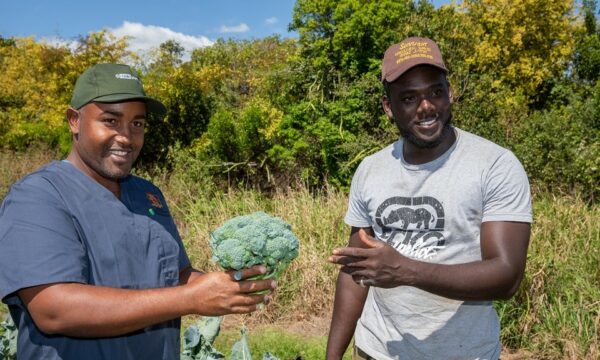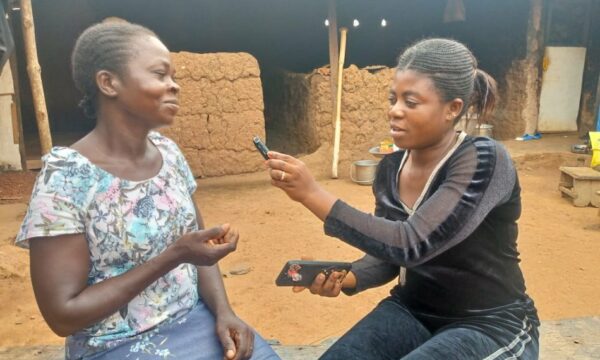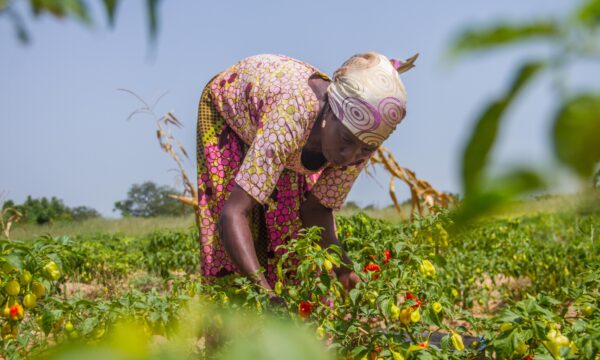Identifying armyworms usually involves taking the larvae that have caused the damage, waiting for them to develop in to adults and then studying the body and markings of these adults to identify the species collected. This process causes delays to identification, and could therefore delay action for what are some of the most ravaging crop pests in the world. However, scientists from CABI and Ghana’s Plant Protection and Regulatory Services Directorate have been able to speed up identification using molecular techniques to confirm the identity of fall armyworm (Spodoptera frugiperda) from the larvae alone.
This invasive armyworm was first seen in Ghana in early 2016 by extension workers, most of whom had been trained under the CABI-led Plantwise programme. Larvae were collected from various regions of Ghana and CABI were able to use DNA barcoding to confirm that the one causing damage in Ghana was fall armyworm (Spodoptera frugiperda). This pest has now been reported to the International Plant Protection Convention as present in some regions of Ghana.
The fall armyworm (FAW) is indigenous throughout the Americas, but has recently appeared in Africa, most likely via the transport of adults and/or egg masses on commercial flights between the Americas and West Africa. It feeds on over 100 plant species, causing major damage to economically important crops such as maize, rice, sorghum and sugarcane, and is known to spread very quickly. African countries growing these vulnerable crops may be vigilant to the pest to help control its spread. Resources such as an identification guide and a management guide have been developed for this purpose and published along with other related guides and posters here: www.cabi.org/fallarmyworm
To learn more about the identification of Fall Armyworm in Ghana, read the full article for free in Nature Scientific Reports:
Related News & Blogs
Bridging the gender digital divide in Ghana
The gender digital divide is impacting women’s access and use of digital agricultural tools. In recent years, there has been significant growth in digital technologies aimed at farmers and farmer advisors. These technologies offer opportunities for gro…
11 April 2024






